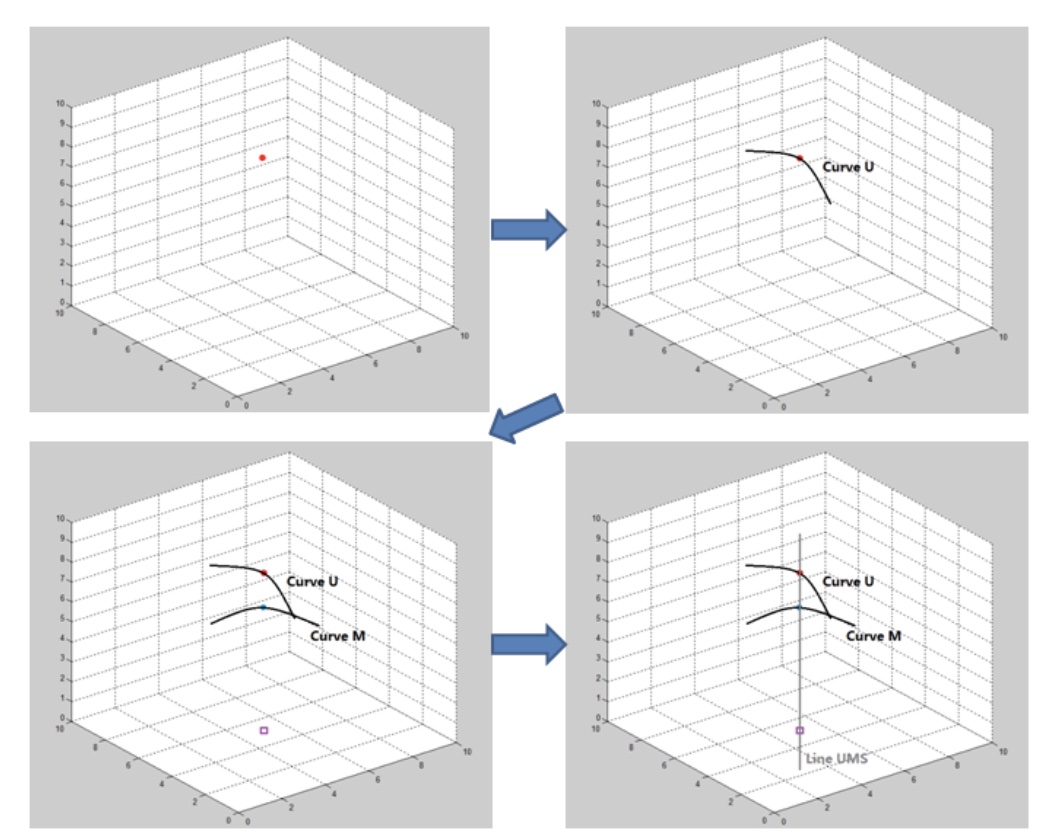High precision analysis of Sn isotopes using the double spike method
Updated:
The geochemistry of tin (Sn) is poorly understood due to the difficulty to obtain accurate data of Sn concentrations and isotope ratios in geological samples. Sn isotope work can be applied to many fields of geological studies as long as the separation and precise measurement techniques are available. I conducted this project as an undergraduate student under the guidance of Prof. Weiqiang Li in Nanjing University. This project first presents how chemical separation of Sn is developed and the results of valence analysis through laser Raman spectroscopy. After column chemistry, the processed Sn solutions were analyzed using a Neptune multi-collector inductively coupled plasma mass spectrometer (MC-ICP-MS). The double spike technique as well as Sb-doping and standard-sample-standard bracketing method were applied to correct instrumental mass-dependent fractionation, and high precision Sn isotope analyses were achieved; better than ±0.09‰ external precision for 122Sn/116Sn ratio was yielded. The double spike technique, which is applicable to any element with four or more isotopes, has proven to allow rigorous correction of instrumental mass fractionation to be made. Behaviors of Sb and Sn isotopes in ICP were also observed by adjusting the position of X, Y, and Z axes respectively, which proved that Sb-doping and correction is applicable for Sn isotope analysis. The effects of residual matrix elements in sample solutions on isotopic ratio measurements were evaluated, and replicate measurements of natural Sn metal, SnCl4 solutions, NIST 3161a standard Sn, and SPEX CertiPrep standard Sn yielded a long-term reproducibility.

